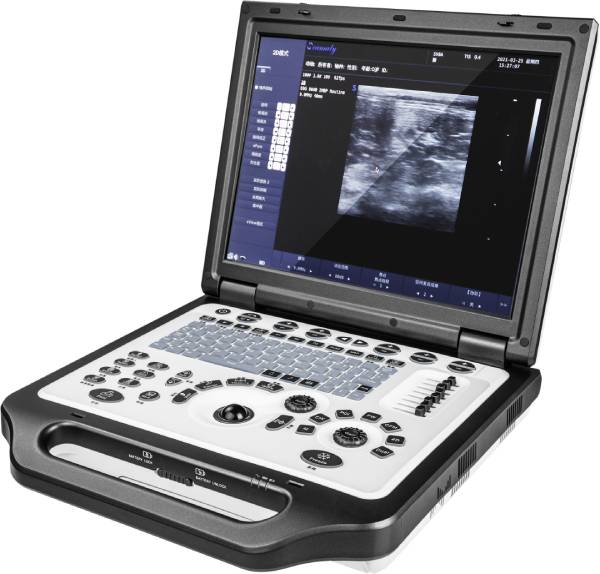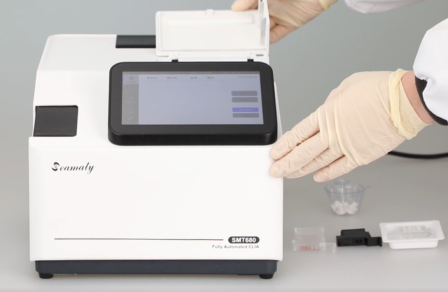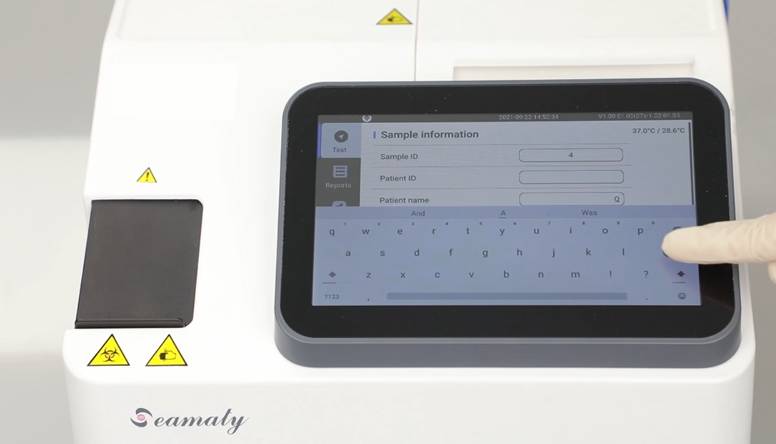In the previous article we learned about animal medical imaging equipment. Today we will look at another device that is similar to DR machines and - ultrasound machines.
X-rays and ultrasound are complementary. A chest x-ray can easily show an enlarged heart. Echocardiography (cardiac ultrasound), on the other hand, examines the different chambers of the heart and provides an accurate quantitative assessment of heart disease.
Echocardiography is the use of ultrasound technology to perform imaging examinations. Ultrasound means high-frequency sound waves that cannot be heard by the human ear. The frequency of audible sound waves is within 20,000 kHz, and the frequency of diagnostic ultrasound is between 2 and 15 MHz.

The working principle of ultrasonography: In diagnostic ultrasound, the ultrasound pulse enters the muscle and sweeps through the tissue until it meets the reflective interface and returns to the transducer. The transducer can also act as a receiver. The returned signal is called an echo. The echo is processed by a computer and displayed on the screen as a two-dimensional image.
The ultrasound examinations often ordered by doctors are: ultrasound B and color Doppler ultrasound (color ultrasound).
Ultrasound is a two-dimensional image and is mainly used to determine whether there is a swelling, foreign body, inflammation, fluid accumulation, calcification, fibrosis, gas, etc. in the affected area.
Color ultrasound is a three- (four-) dimensional image that can detect the speed and direction of blood by Doppler ultrasound. It is mostly used to determine blood flow within the cardiovascular system. This is an irreplaceable function of color ultrasound compared to other imaging tests and has an indispensable role in the diagnosis of heart disease.
Ultrasound examination requires the pet to remain immobile. The examination takes longer than DR, usually about 5-10 minutes for one area, and longer for the heart area. Additional sedation is also not required when the pet owner's assistance is effective in calming the pet. This non-invasive, flexible and relatively safe to use technique is increasingly being used in clinical practice.
In addition, during ultrasound examination, shaving of the examination site is required to avoid the influence of hair on the ultrasound conduction of the probe. Also, a coupling agent is applied to increase conduction and lubrication. After the examination, it is wiped off with a paper towel, or a hot towel can be used to wipe it off and try not to let the pet lick it to clean it.
Ultrasound advantages.
A) non-invasive, non-radiation
B) Can be multi-directional imaging
C) real-time dynamic observation of organ function and blood flow
D) easy to operate
E) can be repeated several times to obtain timely results
Disadvantages of ultrasound.
A) poor display of lung, intestine, bone poor display of the lungs, intestines and bones
B) Poor imaging quality in obese patients Poor quality
C) difficult to characterize lesions
D) operator-dependent technique
More Reading
Why do pets need MRI? - Difference From DR, Ultrasound and CT?



